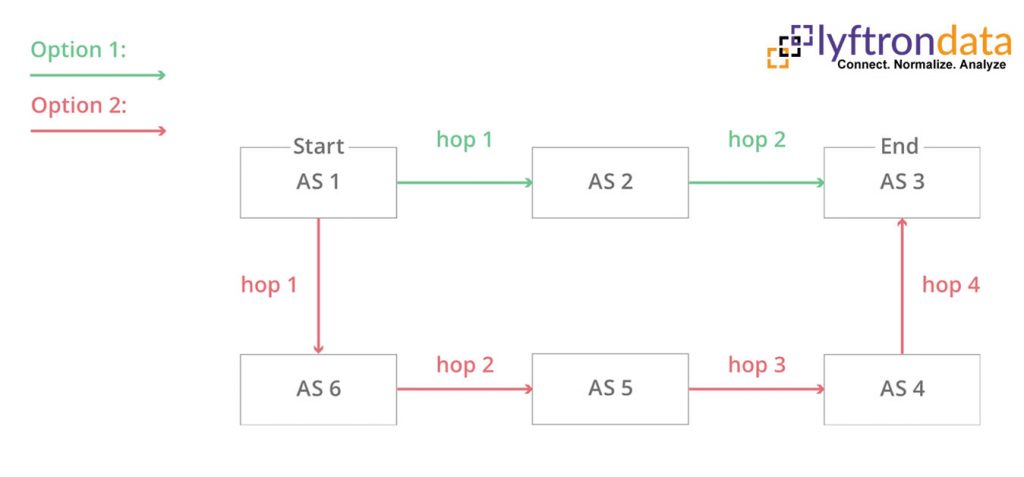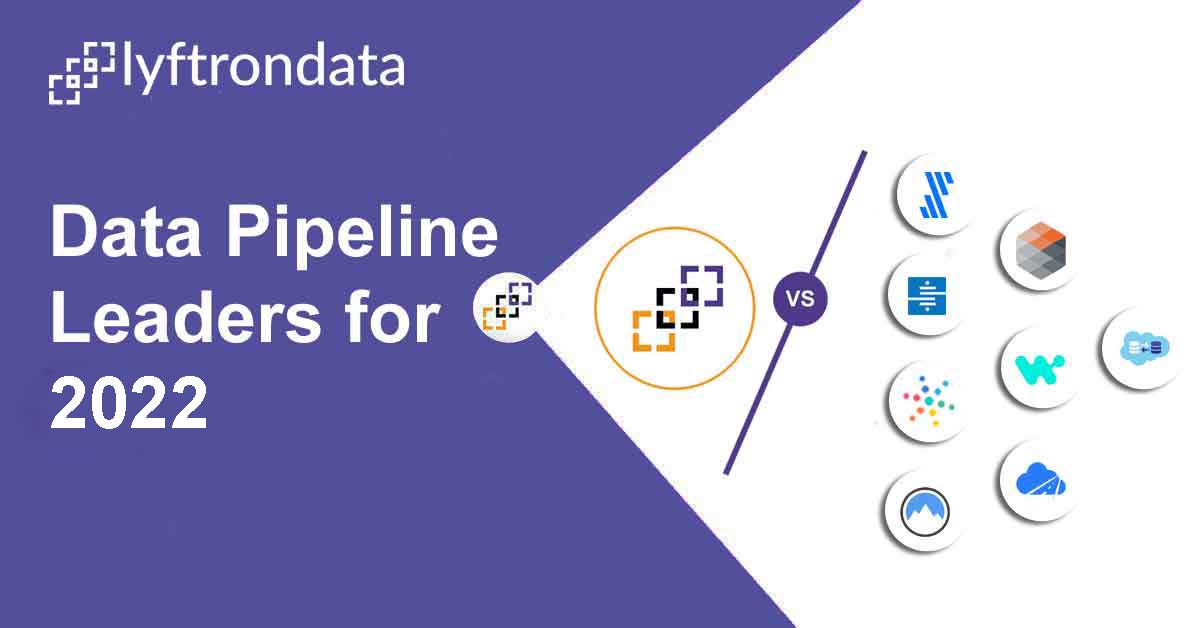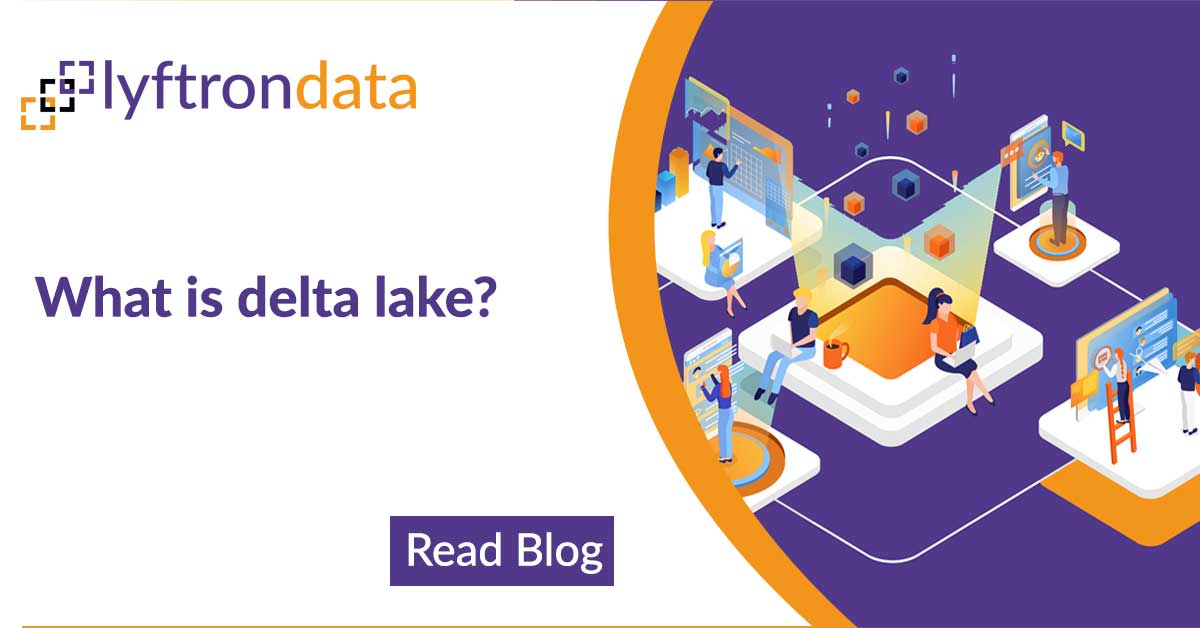DNS resolvers all across the world have ceased to handle domain names. It occurs because DNS, like other Internet systems, has its routing algorithm. Whenever anyone enters https://facebook.com into their window, the DNS resolver, which is in charge of converting names into IP Addresses, checks whether it has anything in its cache and executes it.
If that doesn’t work, it attempts to get the information from the domain servers hosted by the organization that controls the domain. A SERVFAIL returns if the nameservers are unavailable or do not reply for any other issues resulting in the browser displaying a warning to the user
The DNS resolvers could not link to nameservers because Facebook stopped broadcasting their DNS prefix routes via BGP. As a result, prominent public DNS resolvers such as 1.1.1.1, 8.8.8.8, and others began issuing (and caching) SERVFAIL answers. Human behavior and application logic now take over, causing a second enormous impact. The result is a flood of extra DNS traffic.
It occurred in parts since apps could not catch an error as an answer and began retrying abruptly. Another reason is end-users will not accept an error as a reply and will start reloading sites or closing and restarting their apps, often forcefully.
Since Facebook and other social networking sites are so large, DNS resolvers worldwide are suddenly processing maximum times as many queries causing potential lag and expiration difficulties to different platforms. However, 1.1.1.1 was designed Free, Confidential, Quick, and Scalable; it served users with minimal disruption.
People started looking for alternatives and wanted to learn more about what was happening. Users saw an uptick in DNS queries to Twitter, Signal, and other texting and social media services when Facebook went down.
The unexpected events are a quick reminder that the internet is a vast and interconnected system with billions of algorithms and devices. It works for approximately five billion active users worldwide because of trust, standardization, and collaboration among entities.














